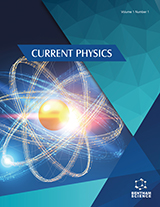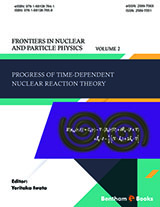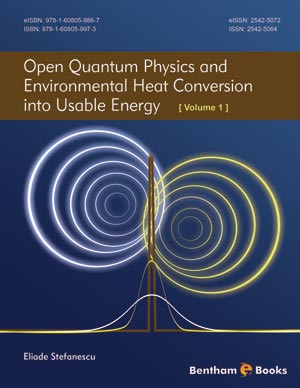Abstract
Nonlinear Cepheid models have recently allowed stellar parameters to be estimated from the shape of the light curve. Double-mode Cepheids o er even more constraints, allowing the metallicity to be derived as well. They have been used as metallicity probes in various stellar systems. The problem of what sustains doublemode pulsation appears to be controversial and is still unresolved. In the LMC there are more double-mode Cepheids pulsating in the rst and second overtone than in the fundamental and rst overtone. Another puzzle concerns the rate of period change in triple-mode Cepheids. Ultra low-amplitude Cepheids seem to follow a di erent period - luminosity (PL) law from classical Cepheids and present an interesting challenge, as does the discovery of nonradial pulsations in a few LMC Cepheids. The projection factor to be used in a Baade-Wesselink analysis is discussed. There is a small dependence of the Cepheid PL relation on metallicity and it is probably slightly nonlinear. The di erences in the PL relations between classical Cepheids, the anomalous Cepheids and between the BL Her, W Vir and RV Tau stars that comprise the Population II Cepheids are discussed. Recent studies indicate that anomalous Cepheids may have very low metal abundances. Nonlinear modelling of BL Her stars has been quite successful in explaining the shapes of the light curves. A recent modelling survey of RR Lyrae stars has greatly improved our understanding of the Oosterho groups. The physical parameters of RR Lyrae stars can be determined by comparing the shape of the light curve with model calculations. The origin of the Blazhko e ect still remains one of the greatest unsolved puzzles.













